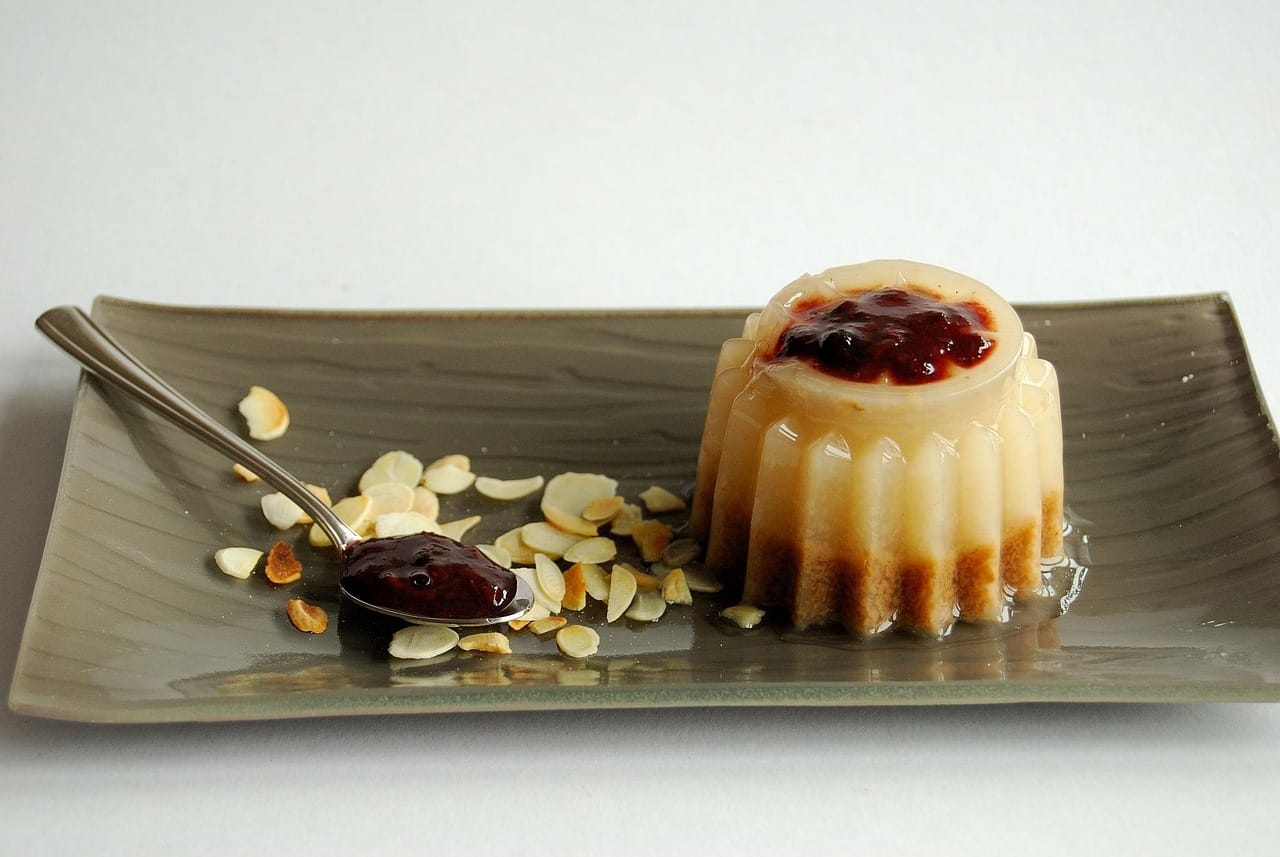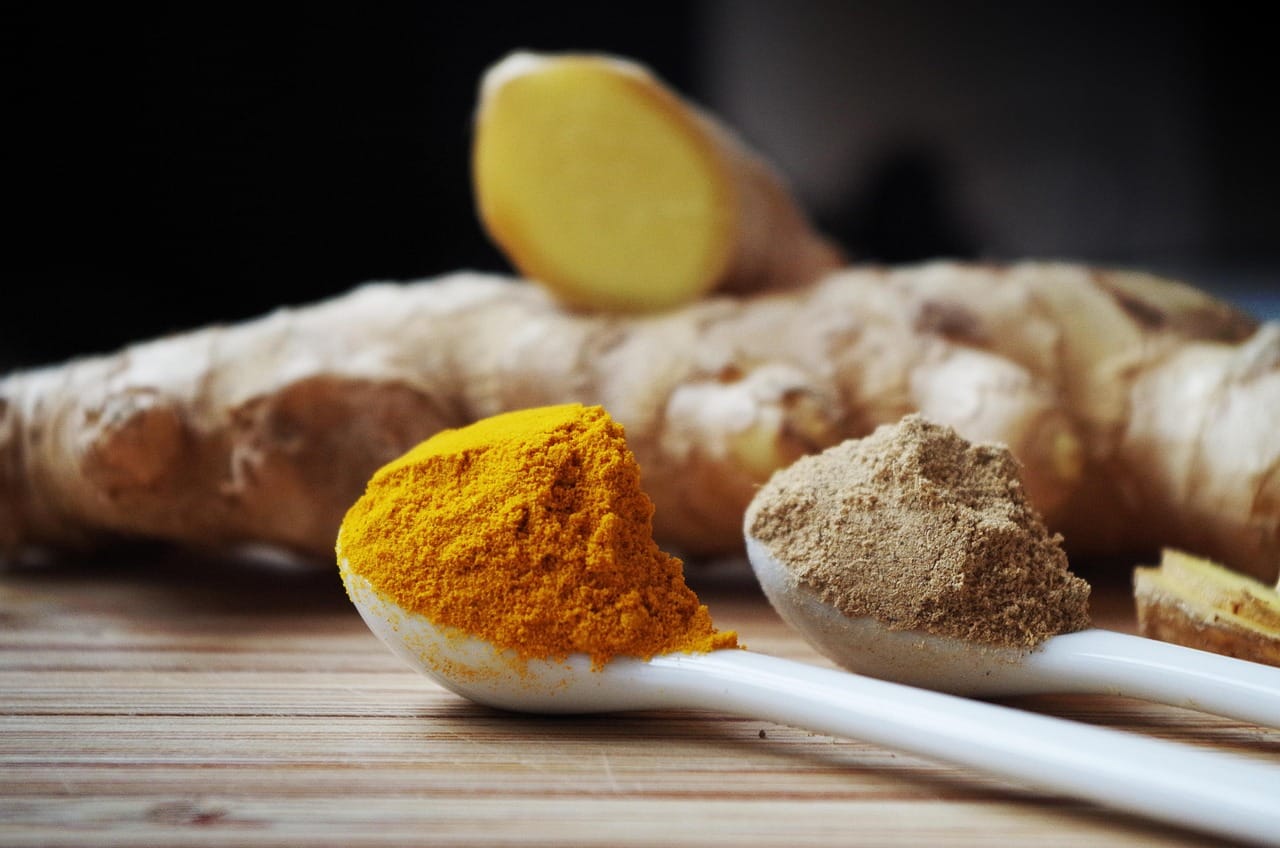Craving a delicious, healthy, and quick meal? Look no further than the humble yet incredibly versatile vegan stir fry. This plant-based powerhouse can be customized to your exact liking, packed with nutrients, and ready in under 30 minutes. Whether you’re a seasoned vegan or just exploring plant-based options, this guide will equip you with everything you need to create the perfect vegan stir fry every time.
Why Vegan Stir Fry?
Health Benefits of a Plant-Based Stir Fry
A vegan stir fry isn’t just tasty; it’s also incredibly good for you! The foundation of vegetables offers a plethora of essential vitamins, minerals, and antioxidants. According to the Academy of Nutrition and Dietetics, plant-based diets are associated with lower risks of heart disease, type 2 diabetes, certain cancers, and obesity.
- Rich in Vitamins and Minerals: Vegetables like broccoli, bell peppers, and spinach are packed with essential nutrients.
- High in Fiber: Promotes gut health, regulates blood sugar, and keeps you feeling full.
- Low in Saturated Fat and Cholesterol: Contributes to a healthy heart.
- Antioxidant Powerhouse: Helps protect your body from damage caused by free radicals. Studies show that antioxidants from plant-based foods may reduce inflammation.
Quick and Easy Meal Prep
One of the best things about a vegan stir fry is its speed and simplicity. It’s the perfect solution for busy weeknights when you need a healthy and satisfying meal on the table quickly. With a little prep work, you can have dinner ready in under 30 minutes.
- Fast Cooking Time: Most vegetables cook quickly in a hot wok or pan.
- Minimal Prep: Chopping vegetables is often the most time-consuming part. You can even buy pre-cut vegetables to save even more time.
- Versatile Ingredients: Use whatever vegetables you have on hand. No strict recipe needed!
Key Ingredients for the Perfect Vegan Stir Fry
Choosing Your Vegetables
The possibilities are endless when it comes to vegetables in a stir fry! The key is to choose a variety of textures and colors for visual appeal and nutritional diversity. Aim for at least 3-4 different vegetables.
- Cruciferous Vegetables: Broccoli, cauliflower, cabbage, Brussels sprouts
- Leafy Greens: Spinach, kale, bok choy, Swiss chard
- Root Vegetables: Carrots, sweet potatoes, parsnips (cook these slightly longer)
- Other Vegetables: Bell peppers (various colors), snap peas, mushrooms, onions, garlic, ginger, zucchini, edamame
Tip: Cut vegetables into uniform sizes so they cook evenly.
Protein Power: Tofu, Tempeh, and Beyond
A stir fry isn’t complete without a good source of protein. Tofu and tempeh are classic choices, but there are other delicious options too. The type of protein you use will significantly influence the flavor profile of your dish.
- Tofu: Firm or extra-firm tofu works best. Press out excess water before using. You can pan-fry it separately for a crispy texture.
- Tempeh: Made from fermented soybeans, tempeh has a nutty flavor and a firmer texture than tofu.
- Edamame: Shelled edamame adds a boost of protein and fiber.
- Plant-Based Meat Alternatives: Many brands offer plant-based chicken or beef alternatives that work well in stir fries.
- Beans: While less traditional, adding kidney beans, black beans, or chickpeas can easily increase the protein content of your stir-fry.
Example: Try marinating tofu in a mixture of soy sauce, rice vinegar, and sesame oil for at least 30 minutes before adding it to the stir fry. Pressing the tofu first ensures it soaks up the marinade and gets nice and crispy when cooked.
Sauce It Up: Vegan Stir Fry Sauce Essentials
The sauce is what brings everything together in a stir fry. A good sauce should be savory, slightly sweet, and balanced with a touch of acidity. Making your own sauce allows you to control the sodium and sugar content.
- Soy Sauce or Tamari: Forms the base of most stir fry sauces. Tamari is a gluten-free alternative.
- Rice Vinegar: Adds acidity and balances the flavors.
- Sweetener: Maple syrup, agave nectar, or brown sugar add a touch of sweetness.
- Sesame Oil: A little goes a long way; adds a nutty aroma and flavor.
- Ginger and Garlic: Essential for flavor and aroma. Use fresh whenever possible.
- Cornstarch: Thickens the sauce. Mix it with a little cold water before adding it to the pan.
- Optional Additions: Red pepper flakes for heat, peanut butter for a creamy sauce, hoisin sauce for a sweet and savory flavor.
Recipe Example: A basic vegan stir fry sauce recipe might include: 2 tablespoons soy sauce, 1 tablespoon rice vinegar, 1 tablespoon maple syrup, 1 teaspoon sesame oil, 1 clove minced garlic, ½ teaspoon grated ginger, and 1 teaspoon cornstarch mixed with 2 tablespoons cold water.
Stir Fry Techniques for Vegan Perfection
Wok vs. Pan: Choosing the Right Equipment
While a wok is the traditional choice for stir-frying, a large skillet will also work well. The key is to use a pan with a wide surface area and high sides to prevent overcrowding and allow for even cooking. Carbon steel woks are excellent because they heat up quickly and retain heat well.
High Heat is Key
Stir-frying requires high heat to quickly cook the vegetables and protein while maintaining their crispness. Make sure your pan is hot before adding any ingredients. Add oil only when the pan is fully heated.
Add Ingredients in the Right Order
The order in which you add ingredients to the pan is crucial for proper cooking. Start with the aromatics (garlic and ginger), then add the protein, followed by the vegetables that take the longest to cook (carrots, broccoli). Add leafy greens last, as they cook very quickly.
- Heat oil in a wok or large skillet over high heat.
- Add garlic and ginger; cook for 30 seconds until fragrant.
- Add protein (tofu, tempeh, etc.); cook until browned.
- Add vegetables that take longer to cook (carrots, broccoli); stir-fry for 2-3 minutes.
- Add remaining vegetables (peppers, onions, snap peas); stir-fry for 2-3 minutes.
- Add leafy greens; stir-fry until wilted.
- Pour in the sauce; stir until thickened.
Avoid Overcrowding
Overcrowding the pan will lower the temperature and cause the vegetables to steam instead of stir-fry. Cook in batches if necessary. Steaming your vegetables will create a soggy stir-fry that will lack the wonderful crispy crunch you are looking for.
Serving Suggestions & Delicious Pairings
Rice and Noodles
Stir-fries are typically served over rice or noodles. Brown rice, white rice, quinoa, and soba noodles are all great options. Consider the flavour profile of your stir-fry when choosing a base. Jasmine rice pairs well with Asian-inspired stir-fries, while quinoa is a healthier alternative.
Toppings for Extra Flavor
Don’t forget the toppings! A sprinkle of sesame seeds, chopped peanuts, or green onions can add extra flavor and texture. Consider adding a squeeze of lime juice for brightness.
- Sesame Seeds
- Chopped Peanuts or Cashews
- Green Onions
- Cilantro
- Lime Wedges
- Sriracha or Chili Oil
Side Dish Ideas
For a more complete meal, consider serving your vegan stir fry with a side dish such as:
- Spring Rolls
- Miso Soup
- Seaweed Salad
- Edamame
Conclusion
Vegan stir fry is a fantastic way to enjoy a healthy, flavorful, and customizable meal. By understanding the key ingredients, mastering stir-frying techniques, and experimenting with different flavor combinations, you can create a delicious and satisfying vegan dish that will become a regular part of your meal rotation. So, grab your wok, chop your veggies, and get ready to enjoy the vibrant and delicious world of vegan stir fry!




